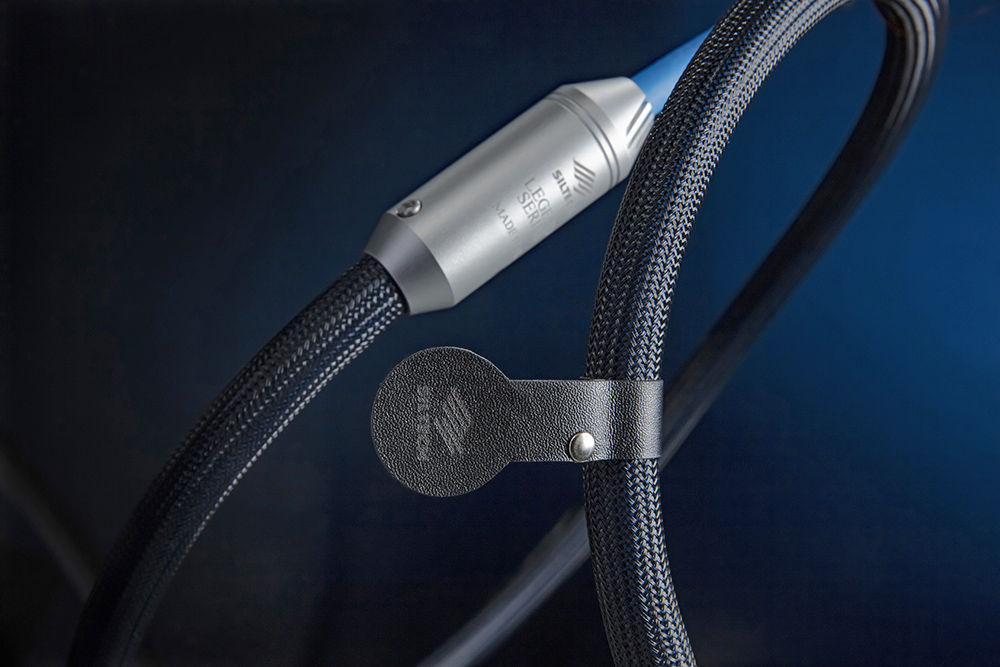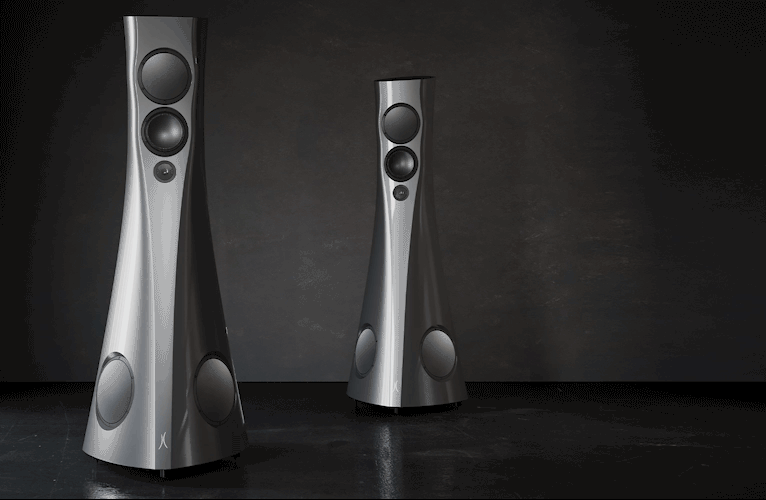By the very lexicon, the new Classic Legend cables from Siltech make a rather bold promise. Off the bat. At the get-go. Classic Legend. That’s some chutzpah right there. But if there’s a cable specialist who can pull that off… Yes, Siltech’s R&D resources, metallurgy expertise and overall market authority certainly qualifies it for such self-assuredness. The company has been one of the industry leaders in cable manufacturing since its market launch in 1983 when it introduced its G1 ‘Silver Technology’ cable interface creations. Now evolved to G9 material and cable architecture, will Siltech’s newest high-end offering live up to the pledge?
Legend Has It…
The new Classic Legend line comprises of interface solutions at three different levels. It consists of three complete ranges starting at the entry-point 380, mid-level 680 and the top-end 880 range, the latter being the subject of this examination. Each of the ranges has the ‘i’, ‘L’ and ‘P’ denomination to illustrate, well, evidently interconnect (which includes i Phono cables), loudspeaker and AC power cables. The Classic Legend line also includes a Network Legend cable, USB cables and other digital cables available with options of 75 ohms and 110 ohms terminations. Siltech has presented a comprehensive cable line catering to just about any connectivity requirement.
Siltech’s Australian distributor Absolute Hi End shipped a set of Classic Legend 880i XLR interconnects, a pair of 880L loudspeaker cables and two 880P AC power cables. So not a complete loom in the context of my system but enough to almost round-out a single-source DAC-direct-to-power amplifier scenario.
The new Classic Legend 880 cables employ Siltech’s new G9 technology, an evolution of 2007’s G7 topology (not sure what happened to G8). Metallurgy consists of larger-girth proprietary Silver-Gold alloy conductors in a twin-twisted low-capacity coaxial architecture. According to Siltech, the silver conductor’s crystal matrix ‘gaps’ (the crystal-to-crystal transition fissures) are filled with gold – therefore, Silver-Gold alloy. Filling these matrix voids is said to naturally combat conductor material contaminants and enhance longevity. Further, Siltech claims it has improved the annealing process resulting in the cables’ enhanced conductivity.
A critical element of the cables’ design, Siltech’s proprietary ‘Supershield’ shielding has also been upgraded while a triple-layer construction for the insulation employs a mix of DuPont Teflon and PEEK, the latter material making its debut in Classic Legend. It’s an expensive polyether ether ketone thermoplastic polymer material used in the aerospace industry for its excellent mechanical strength and high moisture, heat and chemical resistance. Siltech obviously saw its great potential and advantage as a crucial component for its newest high-end cable.

Head of Siltech Edwin Van der Kleij is a metallurgist with contributions to the medical and aviation industries where exactness in signal transmission is, of course, paramount. What goes in must come out pristinely unscathed, as far as current technology allows. And this mandate is strictly adhered to in Siltech’s cable products. Ditto for sister company CrystalConnect by Crystal Cable, an independent entity run in conjunction with his wife Gabi Reijnveld, offering cables with similar materials in a more delicate jewel-like aesthetic with an alternate sonic signature.
Of course, Van der Kleij’s metallurgy background puts him in a position of authority when it comes to refined cable design. He knows his metals. He’s not simply accepting off-the-spool generic conductors and dressing them in pretty jackets. There’s genuine engineering creativity infused into the various designs. And the entirety of the design and manufacturing processes take pride-of-place at Siltech’s modern manufacturing facility in The Netherlands where there’s evidence of substantial investment in production machinery. There’s also been significant outlay in Research & Development, with the implementation of advanced computerised systems such as finite element analysis and COMSOL software modelling for static and dynamic analysis. Many of these systems are also important tools utilised in the design of Siltech’s high-end amplification and loudspeaker offerings.
I asked Edwin Van der Kleij and Gabi Rijnveld what else they could share about the Classic Legend cables and the G9 technology:
It’s a combination of Siltech’s ultra-low loss G9 silver-gold alloy conductors, and an exclusive insulation package using DuPont Teflon and PEEK for exceptional electrical and mechanical noise rejection. G9 is the latest innovation making the alloy better and smoother-sounding than previous generations. G9 improves the silver-gold alloy still further and offers improved cable run-in times. Far less time is now needed for the conductors and insulators to achieve their optimum performance. Less than one hundred hours are now required, depending on the connectors. Almost all connectors are custom Siltech-designed, except for the Neutrik XLR and the power connectors.
Classic Legend cables’ build quality is typical Siltech, which means of the highest standards. The cables are nicely flexible (boy, I appreciate that when guiding cables around the back of the rack) and attractively garbed in Siltech’s signature dark/light blue outer jackets. As used in the company’s upper echelon cables, Classic Legend also feature the trademark metal termination dress tubes, or elongated collars, which are etched with the model name, serial number and company logo. As mentioned above, Siltech cables are entirely handcrafted in The Netherlands.
Uniquely, as far as I can recall, all the cables feature a leather Near Field Communication (NFC) tag. Download the Siltech App via the App store or the QR code printed on the box’s paperwork then follow the instructions and/or use the NFC tag to register your cable. Easy done and an attempt by Siltech to combat cable copiers. Connector quality is high as you’d expect at the price point, with the XLRs being Neutrik, the loudspeaker cables had what looked like proprietary connectors and the AC cables sported Furutech plugs which solidly griped the Aussie AC socket.
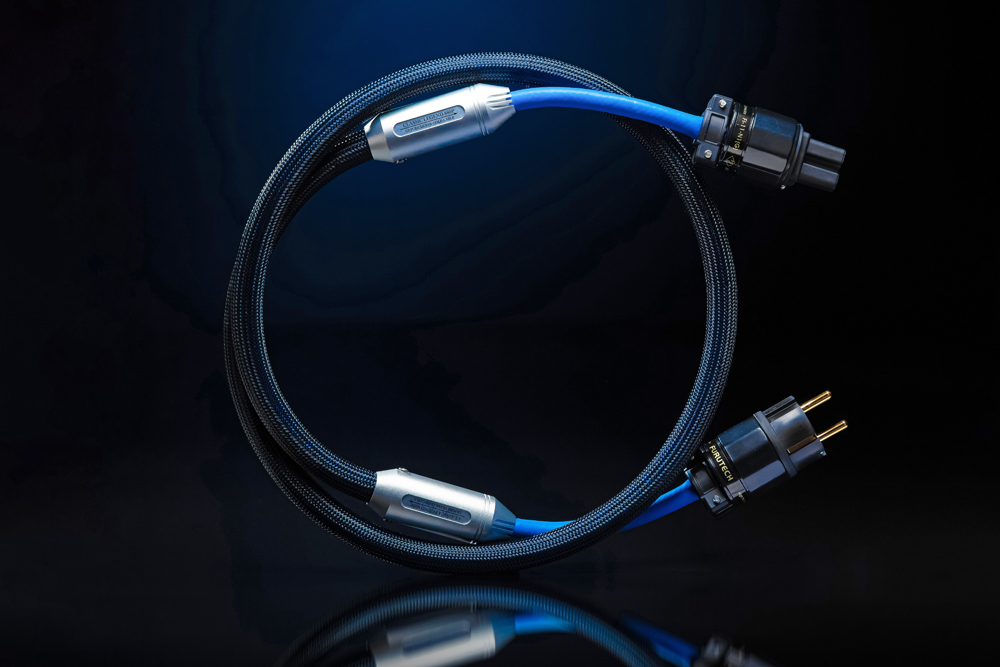
Of further interest, and coming shortly to SoundStage! Network sister-publication SoundStage! Ultra is a further examination of the Classic Legend cables. This time, Hans Wetzel puts a Classic Legend 680 cable loom under the microscope.
The Classics
A few years ago, my exposure over several weeks with the Classic Legend predecessor, the Classic Anniversary 550 interconnect and loudspeaker cables gave me a somewhat educated guess at what the new cables would offer. But as good as the Classic Anniversary cables were, the new Legend iteration is on another level in terms of musicality and outright conduit purity.
What I mean by that is that the trademark neutrality and extraordinary detail retrieval of the Classic Anniversary cables is maintained, with the new cables improving on the midrange’s palpability while controlling any high frequency sibilance and etch. This, the cables do without sacrificing resolution and separation (the latter due to a deep blackness… you know what I mean).
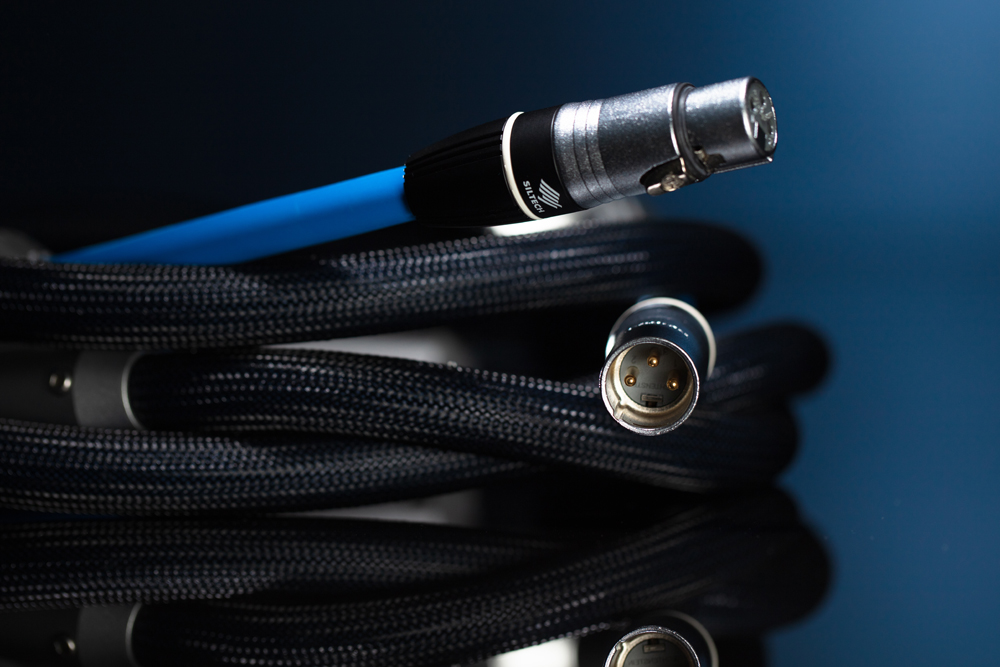
So the exemplary levels of detail, separation and micro-dynamics the Anniversary versions provided were maintained by the new Legend series. Play any refined and quiet recording of, say, steel-stringed acoustic guitar and you’ll savour intimate micro-details of nail-on-string while you’ll also revel in the subtleties of the musicians’ playing technique. This was a constant across all the cables’ signal locations. There’s no trace of irregular highlighting across any frequency band and, while the mid-to-upper-low bass is tight and rhythmic, it’s ever so subtly light, something that provides an added sense of midrange presence and realistic credibility (particularly vocals, of course). I would choose this more accurate balance any day over a cable loom flexing steroid-pumped muscles in order to impress with an over-ripe bass register.
Take a great modern production like Ben Harper’s Welcome To The Cruel World and the track “Whipping Boy” where the kick drum’s controlled punch hits you in the gut while the superb resolution communicates stunning levels of nuanced detail. Some cable combos may show a tad more fullness but they’ll likely sacrifice harmonic richness and ultimate precision. Not the Classic Legend cables; you’ll get unwavering truth in the low registers. A by-product is an elevated sense of in-the-room presence from Harper’s slide guitar and vocals. There’s an inherent clarity and accuracy to the cymbals too. It’s evident that the Silver-Gold composite handles the treble range with sweet control.
Australian guitar virtuoso Tommy Emmanuel’s “Deep River Blues” (collaborating with Jason Isbell on this track) from his Accomplice One album is all sweet detail combined with superb transient attack from the master’s lightning fast licks and plucks. When Emmanuel lets fly, the Classic Legend cables transmit the signal meticulously unhindered so, the rest of the system permitting, you get an astonishing sense of ‘liveness’ and a clear offering of each note, complex chord and finger slide. Again, it’s that overall clarity, capable of zero smearing, which conveys these qualities.
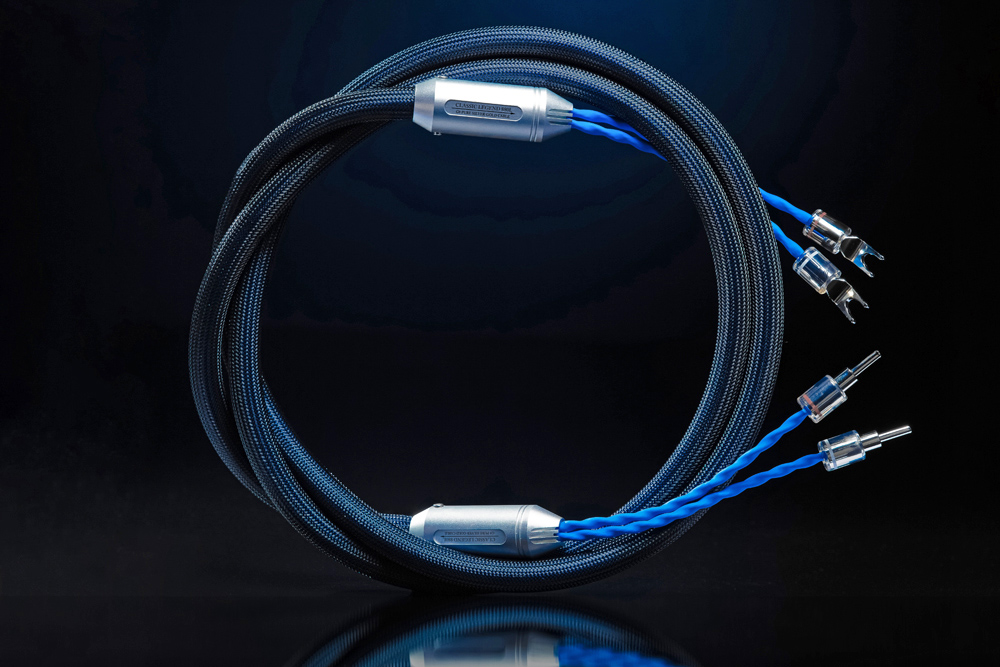
The first “Allegro” movement of Mozart’s Piano Concerto № 27 with the Kremerata Baltica (thank you Gidon Kremer) and Evgeny Kissin at the instrument was spacious and tonally delightful. There was a purity to the piano in terms of tonality and a subtlety to the accompanying orchestra which eased me into the listening experience. Before I knew it, and at a busy time for SoundStage! Australia, I nevertheless sat through the entire Concerto, absorbed in both the beauty of the music and the engaging power of the system interfaced with Classic Legend. The soundfield was enveloping, the instruments’ image placement precise, the ‘air’ and ambience of the venue realistic and the tonal character of the piano, in particular, was superb. That’s no mean feat.
Staying in the Baltics but in a genre change, Ninad Vasilić’s exciting “Lupafte”, from his album The Art of the Balkan Bass, displayed both the virtuoso’s delicacy and his forceful technique while the timbrel signature of the instrument was exceptionally true. The leading edge of the notes was stark and sharp, as it should be, while the fundamentals played with natural decay and a good sense of the acoustic bass’ wooden body.
Conclusion
There are relatively few cable manufacturers who dedicate considerable resources in proprietary technology and deep research into cable characteristics while outlaying substantial investment in native manufacturing facilities and fabrication machinery. Naturally, these are relatively large companies and quite removed from the countless single-person to small-cottage operations. They have the resources to examine all aspects of cable composition and signal management systems while backing their research with comprehensive testing and measurements. It’s a given that there may be points of difference between the front-runners in the cable interface space. However, it’s different paths, same destination.
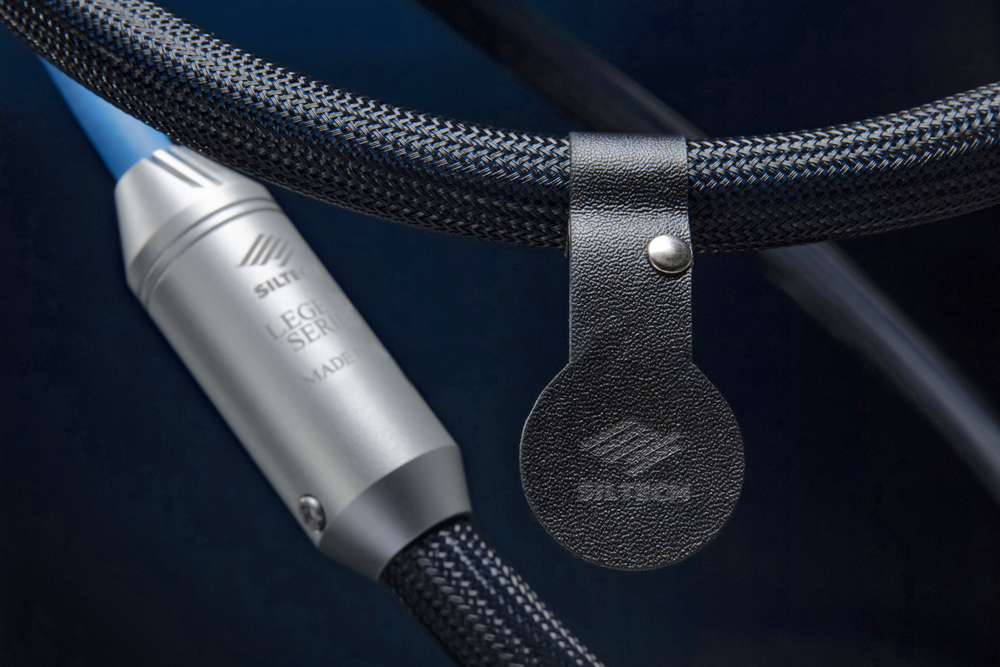
Siltech can be said to be among a handful of companies who endeavour to progress cable interface technology with new materials and refined manufacturing. The result is quality product with high tolerance aspects, model-to-model consistency and, of course, high levels of signal integrity. With these new Siltech cables, all of that shows.
And yes, given the refined multi-generational materials technology, the flawless fit-and-finish and my findings in terms of excellence in performance, the new Classic Legend cables may indeed live up to their name. Both counts, both words.
… Edgar Kramer
This email address is being protected from spambots. You need JavaScript enabled to view it.
Associated Equipment
- Speakers — Wilson Audio Alexia Series 2, Axis Loudspeakers VoiceBox S (nearfield monitor), Vermouth Audio Little Luccas Mk.II
- Amplifier — Gryphon Audio Antileon EVO
- Preamplifier — Supratek Cortese, Lightspeed Attenuator LDR passive
- Sources — Digital: 432EVO High-End Music Server Roon Core, Yamaha CD-S2100 transport, Totaldac d1-direct DAC. Analogue: Transrotor Crescendo with Konstant Studio controller, Reed 1X Tonearm with upgraded internal wiring, Shelter Harmony cartridge, The Funk Firm Houdini cartridge decoupler, Supratek Cortese & REDGUM Audio RGPH2 phono stages
- Processor — DEQX PreMate
- Cables — Vermouth Audio Reference loom,Vermouth Audio Black Pearl Mk.II loom
- Audio Rack — SGR Audio Statement Model V
- Acoustic Treatment — Vicoustic Multifuser Wood, Wavewood Ultra, Cinema Round Premium and Super Bass Extreme
- Miscellaneous — GigaWatt PF-1 EVO, Les Davis Audio Viscoelastic CLD discs, VRC Vinyl Record Cleaning systemplus miscellaneous accessories
Siltech Classic Legend 880 Cables
Price: 880i Interconnect AU$4100 (1m), 880L Loudspeaker AU$9610 (2.5m), 880P AC Power AU$2379 (1m)
Warranty: Five Years (Lifetime Warranty After Registration)
Australian Distributor: Absolute Hi End
+61 488 777 999
www.absolutehiend.com
Siltech
Edisonweg 8
6662 NW Elst
The Netherlands
+31 481 374 783
www.siltechcables.com






